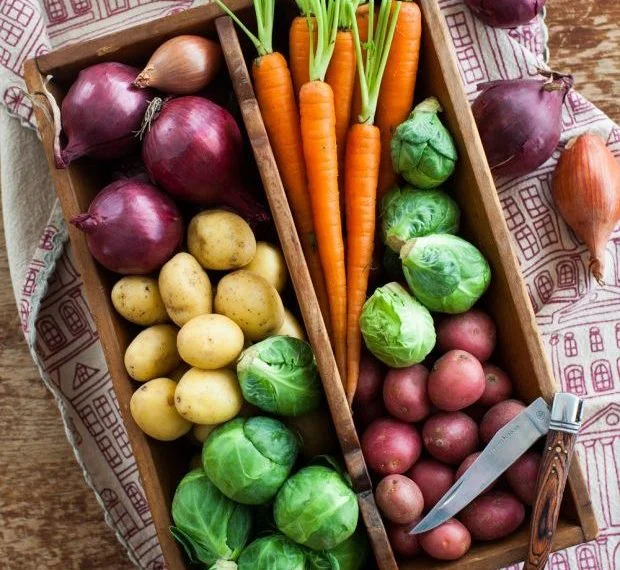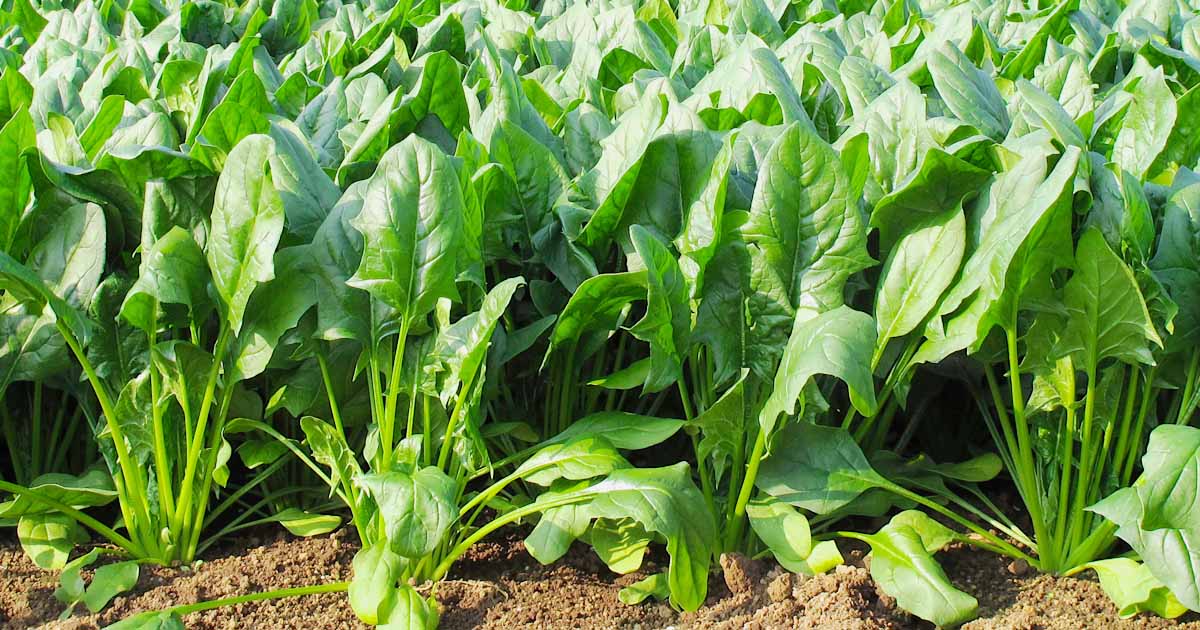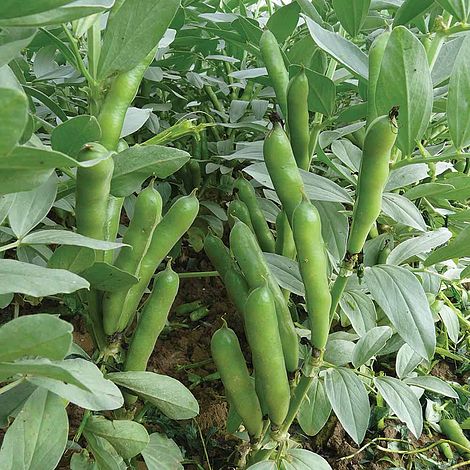Winter is nearly here, and it’s a great time for growing winter vegetables in South Africa from April until the end of May. Most winter vegetables are fully hardy, cope well in the cooler weather and can be planted or sown directly into the garden.
Another upside to planting Winter vegetables is that snails and other pest are less of a problem. Also, you don’t have to water as much because of the cooler weather
Click on the names of plants to be re-directed to plant page.
Bulb onions
Botanical name: Allium cepa
Bulb onions come in various shapes, sizes and colours, they are easy to grow and will virtually look after themselves over winter. Bulb onions take six to eight months to mature. The bulbs are ready to pull when the leaf tops dry out and fall over.
Interesting info – Onions are packed with vitamins and minerals like vitamin C, calcium, magnesium, phosphorus, potassium, folic acid, beta carotene, sulphur and quercetin. The onion has been a source of respected medication for thousands of years.
Planting instructions
Sow seeds for bulb onions in trays, a seedbed or in the open. Cover with 60mm of fine soil after sowing. Seedlings emerge within 10 to 14 days. Do not plant seedlings too deep. Space bulb onions 70mm apart in rows.
A sandy loam soil, well dressed with compost and manure, is best.
Garlic
Botanical Name: Allium sativum
Garlic is one of the easiest winter vegetables to plant and there are lots of varieties to choose from. Like onions, they have a long growing season and the bulbs are ready to be lifted, usually about eight to nine months from planting.
Interesting info – Garlic is a close relative of the onion and is an excellent source of copper, iron, magnesium, germanium, zinc and selenium. Also, contains Vitamins A and C, various amino acids and fibre.
Planting instructions
Press individual cloves 30mm deep into well-prepared soil and space them about 80mm apart.
Garlic does best in well-drained, rich soil with lots of compost.
Spinach
Botanical Name: Spinacia oleracea
This popular vegetable doesn’t do so well in summer but loves autumn weather to grow. One of its greatest advantages is that it grows very fast and will produce huge yields of tasty leaves. Early autumn sowings will keep you supplied with tender young leaves throughout winter and with regular harvesting, it will continue to crop well into summer. Continuous removal of the flowers ensures production of fresh and nutritious leaves, preventing it running to seed.
Interesting info – Spinach is a wonderful source of vitamin K and iron in your home diet.
Planting instructions
Sow spinach where it is to grow, 15mm deep and thin seedlings out to 300mm apart. Rows 600mm apart. Sow in succession for a continuous supply.
Spinach does best in well drained , enriched soil. Keep moist and cool.
Lettuce (winter gem)
Botanical Name: Lactuca sativa
This variety of lettuce can be grown right through winter. You will need to protect them if frost threatens.
Interesting info – Lettuce is a close relative to the sunflower.
Planting instructions
Sow seed directly into the ground at two-week intervals from the end of April through to the end of May. This ensures you get a continuous supply. Plant seedlings out into rows, 50mm deep and space them 200mm apart. Do not plant too deep as this will result in poor heads. keep them moist at all times. The lettuce will be ready to harvest in about 8 to 12 weeks.
Lettuce grows best in well-prepared, rich, cool and moist soil.
Cauliflower
Botanical Name: Brassica oleracea var. botrytis
Cauliflower is one of the best vegetables to grow in winter because you don’t have to worry about pests eating your crop in the cold weather.
Interesting info – The head of the cauliflower is called the curd.
Planting instructions
Sow seeds directly, planting them 400mm apart. Cauliflower should never be allowed to dry out. Sow at intervals so that you can have fresh cauliflower throughout the year.
Cauliflower needs fertile soil, rich in organic matter, and plenty of water.
Broad beans
Botanical name: Vicia faba
This cool-season vegetable is a tall, leafy crop that needs plenty of space, although it is easy to grow. Autumn sown broad beans can be harvested in spring up to a month earlier than spring sown plants. The podded beans are best eaten young.
Interesting info – Broad beans have a high nutritious value including vitamin C, different groups of vitamin B, and strong antioxidants. The leaves can also be plucked, cooked, and served for a tasty meal.
Planting instructions
During autumn, sow seeds directly 300mm apart. Place seeds 50mm deep and 150 to 200mm apart. Seedlings emerge 10 to 14 days after sowing.
Broad beans grow best in a sunny spot sheltered from the wind. They enjoy rich, moist, well-drained soil.
Green Peas
Botanical Name: Pisum sativum
Green pea is one of the most nutritious cool-season vegetables that you can ever bear. Enjoy an early crop and nutrient benefit of peas next spring, consider planting peas in your garden as autumn comes to an end. Peas are hardy to both environmental, soil, and crop disease.
Interesting info – Green peas are a very good source of vitamin K, manganese, dietary fiber, vitamin B1, copper, vitamin C, phosphorus and folate. They are also a good source of vitamin B6, niacin, vitamin B2, molybdenum, zinc, protein, magnesium, iron, potassium and choline.
Planting instructions
Sow seeds in shallow drills 25–40mm deep, 150mm apart, in single or double rows, allowing 600mm between the rows. Sow in succession to ensure a supply of peas throughout the season. Make sure each pea plant has something to climb up on.
Well-drained , Fertile, rich soil does best.
Thyme
Botanical Name: Thymus vulgaris
Thyme is known for its extra touch of aroma. This hardy herb is low-growing so it makes great ground cover. Thyme can survive in extreme weathers and soil conditions. Its hardy nature enables it to grow well and its evergreen leaves will greatly complement your vegetable garden. Apart from its culinary benefits, thyme can be planted as an ornamental vegetable.
Interesting info – Essential oils extracted from the leaves and flowers contain a substance called thymol. This substance has antiseptic properties. Thymol is an active ingredient in mouthwashes such as Listerine.
Planting instructions
Plant small plants, dig a hole and plant directly in garden. Firm it in well and water.
Thyme requires deep fertile soil and regular watering.
Green Onions
Botanical name: Allium fistulosum
Green onions, also known as scallions or spring onions, are a fairly quick growing crop and early autumn sowings should be ready to harvest by early spring. They are grown for their leaves and white stems and used mainly in salads and in Oriental cuisine.
Interesting info – Green onion is a good source of Sulphur which is beneficial for your overall health. It has compounds like allyl sulphide and flavonoids that prevent cancer and fight against the enzymes that produce cancer cells.
Planting instructions
Sow seeds for spring onions in trays or 20mm apart in rows. Do not plant seedlings too deep.
A sandy loam soil, well dressed with compost and manure, is best.
Carrots
Botanical Name: Daucus carota
Carrots come in many shapes and sizes. They are adaptable to different climatic conditions and can be grown throughout most of the year. Sow in early Autumn. If sown in early winter, plants may result in going to seed without forming roots.
Interesting info – Carrots are an excellent source of vitamin A and provide more than 200% of your daily requirement in just one carrot.
Planting Instructions
Sow seed directly into beds, where they are to mature. Sow thinly and cover with about 10mm of soil. Seedlings may take up to three weeks to emerge.
Carrots do best in sandy loam soil, well dressed with compost and organic matter. be careful of using fresh organic material, it will cause malformed and forked roots. Keep the soil damp.











